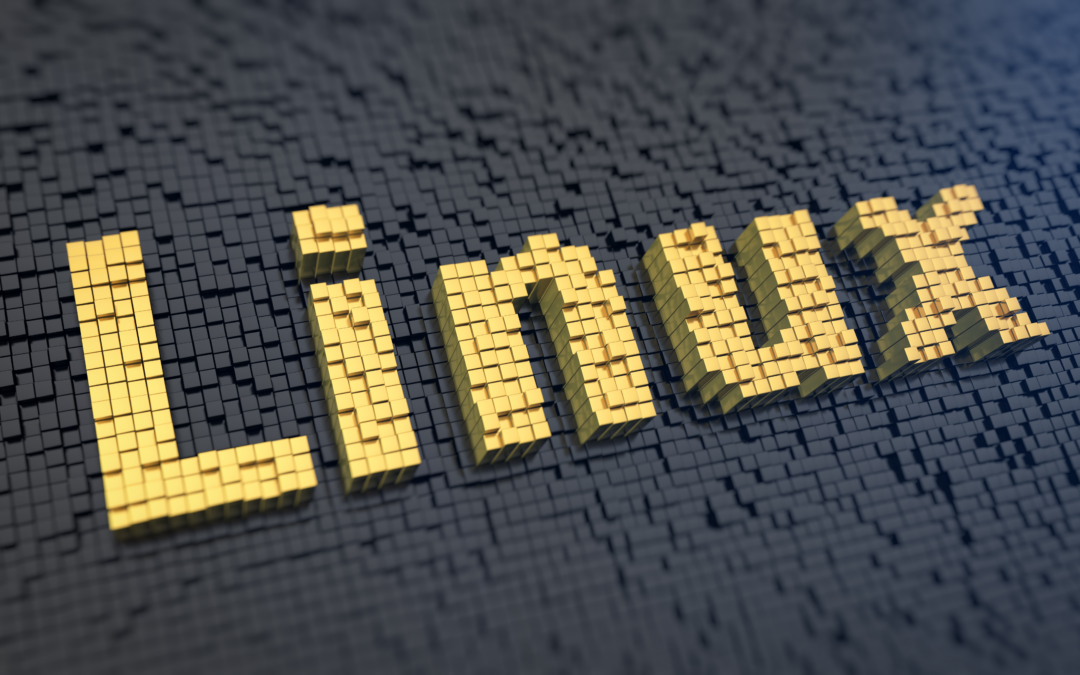In this next blog of the series on data protection and cybersecurity, Steve Matheson, Product Manager for BridgeHead’s RAPid™ Data Protection solutions, takes a closer look at the burgeoning use of Linux across the healthcare Enterprise and examines some of the key distinctions between Windows and Linux when it comes to backup, disaster recovery, and business continuity in the event of a system outage, corruption, natural disaster, or cyber-attack.
“…over 60 percent of the cores customers use in Azure run Linux” – Microsoft*
Many strategic initiatives in the healthcare enterprise IT environment are increasing the use of Linux as a deployment platform. These initiatives include:
- Security
Linux presents a smaller attack surface. As a result, it is being deployed as part of the strategy for preventing cyber intrusions - Public Cloud
Linux server configurations are starting to proliferate in Public Cloud due to their lower cost compared to other platforms - Containerization
More software being released utilizes container technologies, such as Docker, LXC and CRI (Kubernetes) - Virtualization
Virtualized workloads are moving to Linux KVM to reduce upfront and ongoing costs.
The Linux challenge: New knowledge, new skills?
Windows Server represents Microsoft’s vision of an operating system code base and environment, with Microsoft as the single creator for a distribution of Windows Server. But Linux isn very different from Windows. Let’s look at some of the key distinctions.
Linux, because the source code of the operating system itself is open source, has thousands of active contributors who generate hundreds of Linux distributions. Across those distributions, there are high levels of similarity, but there are differences.
Take a quick test of your own Linux knowledge. Can you answer these basic System Administration questions?
- Instead of using Windows Active Directory, the Linux equivalent is?
- The Linux equivalent of the Windows Registry is?
- In Windows I use PowerShell, in Linux I use?
The typical Microsoft Windows Server Administrator is highly proficient at navigating the Windows system of integrated system administration graphical user interfaces (GUIs). By contrast, the Linux Server Administrator will do more at the Linux command level; and may decide to deploy numerous system administration tools, each with their own GUI or command line interfaces depending upon the task (since GUIs are optional in Linux).
The Linux problem: Do you know how to recover a Linux environment?
It’s clear there are significant areas of difference between managing a production server running Windows verses the same server running Linux. As a System Administrator, you may not get to choose which Linux distribution is deployed for an application your hospital requires. This is especially true if the application is delivered utilizing container runtimes, such as Docker or LXC where the Linux kernel is part of the container.
So, a big question that should be considered is: where would you start if you had to recover that application? If you can’t easily answer this, it might be time to schedule a call with BridgeHead.
BridgeHead’s RAPid Data Protection solutions can be deployed to take the guess work out of how to recover Linux and Linux File Systems. Our Platinum Maintenance offering that you likely already utilize for protection of your MEDITECH environment, can be leveraged for your Linux application workloads. This enables our experienced technical team to offer an extra pair of hands to help safeguard your Linux data and get your Linux workloads back up and running in the event of a system outage, corruption, natural disaster, or cyber-attack.
* https://azure.microsoft.com/en-us/products/virtual-machines/linux
Steve Matheson is BridgeHead Software’s Product Manager for its RAPid™ Data Protection solutions.
Steve has previously held leadership roles in high profile organizations focused on data management and data protection, with global experience covering both hardware and software. These include Vice President of Channel Sales for CommVault, Vice President of Sales at Cambridge Computer Systems, and Senior Director of Channel Sales at EMC.
To learn how BridgeHead can help you protect and recover your critical Linux-based healthcare applications…




